Polaris Introduces All-Electric Ranger, Signals Shift in Off-Road Market

I know – we rarely (if ever) cover powersports on this site, given our mission to bring you news about cars and shine lights on dusty corners of the automotive industry. However, the new Polaris Ranger XP Kinetic is worth your attention, simply for the change it is signaling in terms of electric vehicles.
The off-road market isn’t exactly the type of area in which one would expect an EV to thrive. After all, we generally thrash on the things in conditions which are not to be believed before poking them away for five days until the weekend rolls around again. Or, if you’re a company buying these things for work on a ranch or other type of property, they tend to be in use all day as employees hop from one job to another.
Which is why the introduction of this Ranger XP Kinetic is big news. Until now, the thought of an all-electric side-by-side was borderline preposterous, given the limited amount of range manufacturers were able to (affordably) pack into this type of machine. Driving distance of a golf cart is useless in most of the situations in which a Polaris Ranger finds itself – namely, hauling logs on the Back 40 or plowing snow from the ski club parking lot.
There will be a pair of trims when the 2023 Ranger Kinetic drops midway through the next calendar year. First up is a Premium trim which carries 14.9 kWh worth of batteries and is said to be good for a maximum range of about 45 miles. Stepping up to the Ultimate trim brings a few extra features, including the Ride Command 7-inch touchscreen infotainment system (yes, on a side-by-side), and doubles battery capacity to 29.8 kWh. This stretches total driving distance to roughly 80 miles, truthfully not that far off the road-going 2021 Mini Cooper S E (110 miles).
Power from the electric motor, which Polaris engineers told us is mounted in roughly the same location as the gasser’s engine, checks in at 110 horsepower. That’s a number on par with what’s expected in workhorse-grade UTVs (psychotic sports units like the Polaris RZR Pro R wield up to 225 horsepower). The big news is, as with most EVs, torque. Here, there is 140 lb-ft of the stuff, all of which is available the instant its pilot drops the hammer. Towing is rated at 2,500 lbs – more than some on-road crossovers – and payload is capped at 1,250 pounds. Toss in 14 inches of ground clearance and 10 inches of suspension travel and you’ve a machine whose specs compare well with its gasoline-powered brothers.
If you’re wondering, a comparable Polaris XP 1000 makes 82 horsepower from its 999 cc engine and has equal towing/payload ratings. This suggests limitations of its brakes and chassis (both the gasser and EV), not the powertrain. In a secret demonstration attended by this author back in August, we witnessed a prototype Ranger XP Kinetic tow a heavy-duty pickup truck and an attendant trailer. That type of usage is not recommended, of course, nor will it do the Kinetic’s range any favors. Point is – the capability is there thanks to a mountain of torque. We’ll also note an all-electric’s relatively silent operations, which will be a bonus for hunters and people working around livestock.
Here’s another consideration. The gas-powered XP 1000 has an 11.5-gallon fuel tank and gets about 12 mpg on a good day, less in the hands of your lead-footed scribe. This means I’ll get roughly 120 miles from a tank of fuel if I’m lucky, just 40 more than the XP Kinetic in Ultimate trim. As first efforts go, that’s not bad at all. Of course, I can take a can of gas with me and refill on the trail.
Polaris insists they’ve hurled their usual battery (pun intended) of tests at the XP Kinetic, ensuring a robust system that’ll endure the typical abuse hurled at these machines. With much lower operating and running costs, these things might just make sense for the fleet buyer seeking to replace those tired machines which have been in use on their property for ages. The ground clearance and off-road capability of any Ranger make them much more suitable for certain duties than a golf cart, and they are able to get into – and out of – places a cheap pickup truck or Jeep would not.
This brings us to the price. The least expensive Ranger XP Kinetic will set customers back $24,999, with the long-range Ultimate adding 5 large to that figure. Some landowners will find overall long-term value in these numbers. A comparable 3-seat Ranger XP 1000, if you’re wondering and we know you are, starts right about 20 grand.
We look forward to seeing how they do in the market. If successful, you can bet it won’t be the last EV to be born from the collab between Polaris and Zero Motorcycles.
[Images: Polaris]

Matthew buys, sells, fixes, & races cars. As a human index of auto & auction knowledge, he is fond of making money and offering loud opinions.
More by Matthew Guy
Latest Car Reviews
Read moreLatest Product Reviews
Read moreRecent Comments
- Verbal Rented a Malibu a while back. It was fine, if a bit gutless.I get that Detroit wants to go all-in on high profit margin SUVs and blinged-out MAGA trucks. Everyone has known for decades that they can't compete on price in the affordable sedan space. So now all of Detroit's sedans are gone except for a couple of Cadillac models.But you'd think that just one of the domestic brands could produce a fun, competitive and affordable sedan. Just one? Please? Anyone? Bueller?
- 3-On-The-Tree I wouldn’t even use Ford as a hearse for fear of being late to my party.
- SCE to AUX Norway is in Europe, and Tesla is an American automaker - no problems there.I wouldn't use Ford as the bellwether.https://www.reuters.com/business/autos-transportation/tesla-extends-lead-norway-evs-take-record-82-market-share-2024-01-02/https://elbil.no/english/norwegian-ev-policy/
- Steve Biro If the U.S. government wants to talk about banning all connected cars - or at least the collection and sharing of information from said vehicles - I’m all ears. Otherwise, don’t waste my time.
- Ajla Both parties are in favor of banning Chinese vehicles so I don't see how it won't happen in the next year.



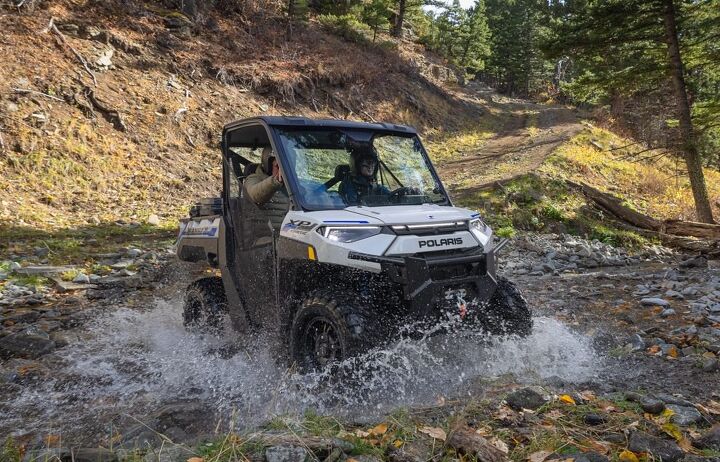















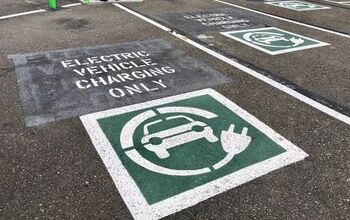

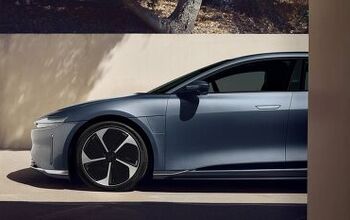

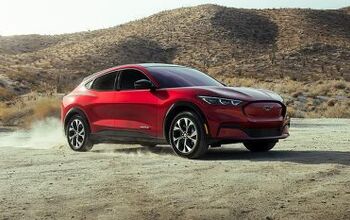
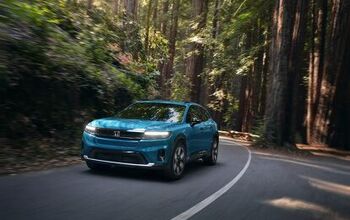

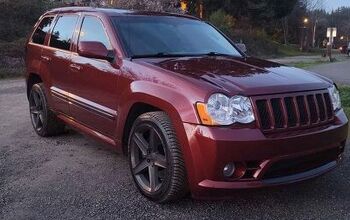
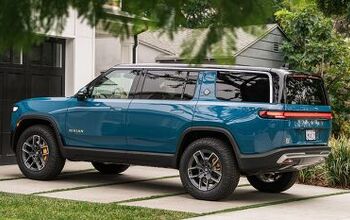



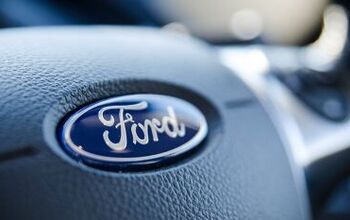


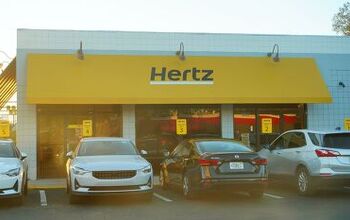

Comments
Join the conversation
This is laughably bad. Far more money and weight and it only has an 80 mile range? And after that you are stuck with an extremely long recharge time. All for MORE MONEY than an ICE model. The ICE model not only gets a longer range but can be refilled in 3 minutes to give you another 120 miles of range. This, much like full size EVs, as so severely compromised that you wonder if it is just a bad joke rather than something that a short sighted company is desperately attempting to make a business case for.
Is this thing going to burst into flames in the forest some day?